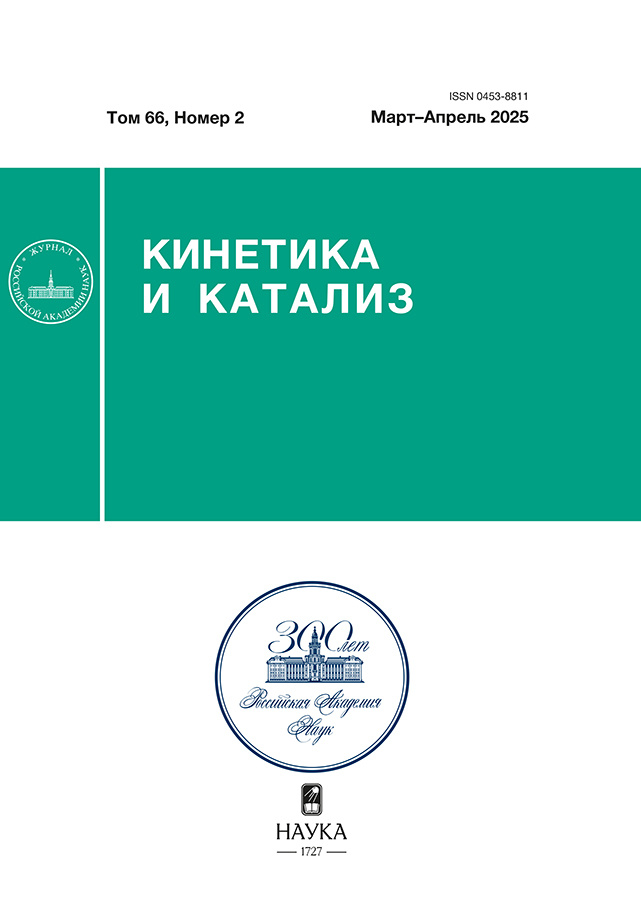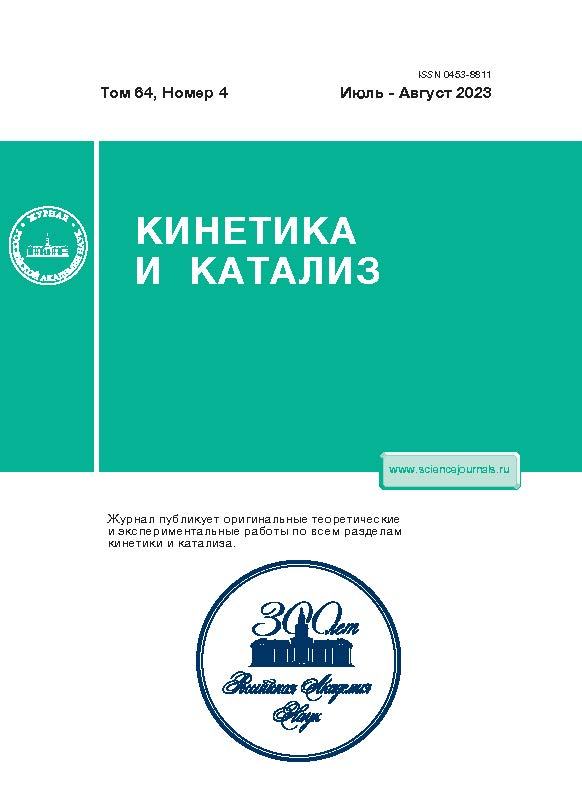Methane Dehydrogenation and Coking Resistance on Ni(111) Surfaces of SOFC Anodes with Different Cu Doping Ratios under a Consistent DFT Framework
- Authors: Ding X.1,2, Yu J.1,2, Chen F.Y.1,2, Hu S.Q.1,2, Yang W.T.1,2, Qiao C.1,2, Chen X.M.1,2, Hui Ma W.1,2,3
-
Affiliations:
- Faculty of Metallurgical and Energy Engineering, Kunming University of Science and Technology
- The Key Laboratory of Vacuum Metallurgy of Non-Ferrous Metals of Yunnan Province
- School of Science and Technology, Pu’er University
- Issue: Vol 64, No 4 (2023)
- Pages: 394-395
- Section: ARTICLES
- URL: https://stomuniver.ru/0453-8811/article/view/660287
- DOI: https://doi.org/10.31857/S0453881123040159
- EDN: https://elibrary.ru/RSLVSO
- ID: 660287
Cite item
Abstract
Carbon deposition on nickel-based anodes is a key problem for solid oxide fuel cells (SOFCs) using hydrocarbon fuels. One of the solutions is doping with other elements. In this work, DFT calculations were used to systematically study the processes of continuous CH4 dehydrogenation, carbon formation, and carbon elimination on Ni(111) surfaces doped with different amounts of Cu. The Cu doping concentrations on the Ni surface are set as 0, 1/9, 4/9, 5/9, 8/9, and 1 ml, namely Ni(111), NiCu1, NiCu4, NiCu5, NiCu8, and Cu9. The adsorption energies and adsorption sites of the important substances were obtained by calculation. In addition, the kinetics and thermodynamics of the main reactions and potential carbon removal pathways are discussed. Prior studies have shown that the introduction of Cu weakens the interaction between the Ni-based surface and the absorber, thereby enhancing the activity of various species on the surface of Ni-based catalysts. Second, the methane cracking path on the Ni-based surface is CH4 → CH3 → CH2 → CH, and the paths on the other five surfaces are the same. We found that the addition of Cu can weaken the adsorption of C, inhibit the activity of CH4 dehydrogenation, and promote the binding of C to the intermediate medium on the Ni-based surface, thus improving the ability of carbon deposition resistance. Finally, based on our DFT calculations, several potential carbon removal pathways are discussed in detail, and it is believed that the problem of carbon removal on SOFC anodes should focus on the oxidation of CH while preventing its direct cracking.
Keywords
About the authors
Xin Ding
Faculty of Metallurgical and Energy Engineering, Kunming University of Science and Technology; The Key Laboratory of Vacuum Metallurgy of Non-Ferrous Metals of Yunnan Province
Email: kgyujie@kust.edu.cn
China, 650093, Yunnan Kunming; China, 650093, Yunnan Kunming
Jie Yu
Faculty of Metallurgical and Energy Engineering, Kunming University of Science and Technology; The Key Laboratory of Vacuum Metallurgy of Non-Ferrous Metals of Yunnan Province
Author for correspondence.
Email: kgyujie@kust.edu.cn
China, 650093, Yunnan Kunming; China, 650093, Yunnan Kunming
Feng Yu Chen
Faculty of Metallurgical and Energy Engineering, Kunming University of Science and Technology; The Key Laboratory of Vacuum Metallurgy of Non-Ferrous Metals of Yunnan Province
Email: kgyujie@kust.edu.cn
China, 650093, Yunnan Kunming; China, 650093, Yunnan Kunming
Shu Qiu Hu
Faculty of Metallurgical and Energy Engineering, Kunming University of Science and Technology; The Key Laboratory of Vacuum Metallurgy of Non-Ferrous Metals of Yunnan Province
Email: kgyujie@kust.edu.cn
China, 650093, Yunnan Kunming; China, 650093, Yunnan Kunming
Wei Tian Yang
Faculty of Metallurgical and Energy Engineering, Kunming University of Science and Technology; The Key Laboratory of Vacuum Metallurgy of Non-Ferrous Metals of Yunnan Province
Email: kgyujie@kust.edu.cn
China, 650093, Yunnan Kunming; China, 650093, Yunnan Kunming
Cui Qiao
Faculty of Metallurgical and Energy Engineering, Kunming University of Science and Technology; The Key Laboratory of Vacuum Metallurgy of Non-Ferrous Metals of Yunnan Province
Email: kgyujie@kust.edu.cn
China, 650093, Yunnan Kunming; China, 650093, Yunnan Kunming
Xiu Min Chen
Faculty of Metallurgical and Energy Engineering, Kunming University of Science and Technology; The Key Laboratory of Vacuum Metallurgy of Non-Ferrous Metals of Yunnan Province
Email: kgyujie@kust.edu.cn
China, 650093, Yunnan Kunming; China, 650093, Yunnan Kunming
Wen Hui Ma
Faculty of Metallurgical and Energy Engineering, Kunming University of Science and Technology; The Key Laboratory of Vacuum Metallurgy of Non-Ferrous Metals of Yunnan Province; School of Science and Technology, Pu’er University
Email: kgyujie@kust.edu.cn
China, 650093, Yunnan Kunming; China, 650093, Yunnan Kunming; China, 665000, Yunan Puer
Supplementary files










